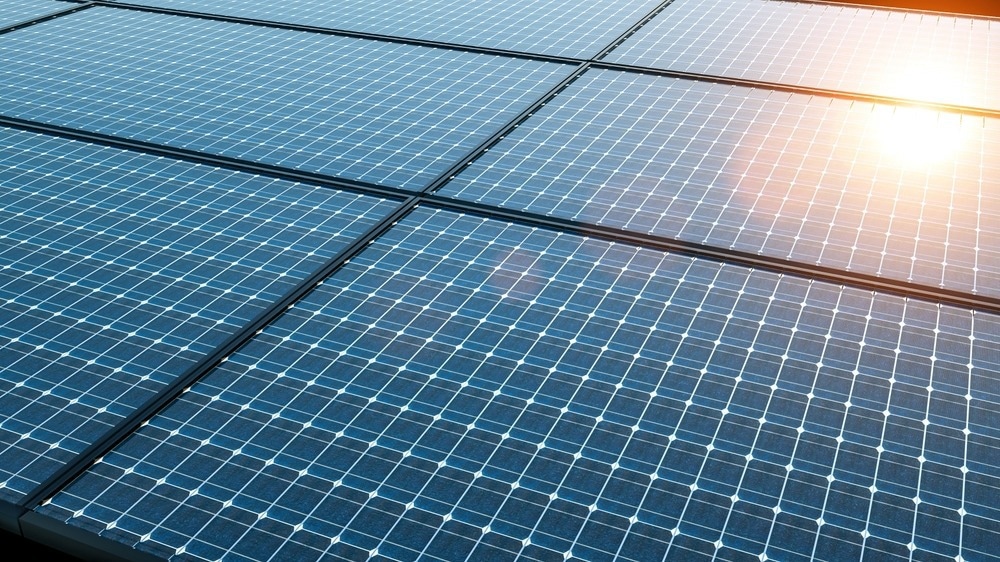Due to their effectiveness at converting sunlight into electricity, perovskite solar cells have attracted much research interest as a potential replacement for conventional silicon-based solar cells. Perovskite solar cells (PSC) are primarily composed of a light-harvesting layer and a charge-transporting layer, and they are a combination of organic and inorganic materials.

Image Credit: Audio und werbung/Shutterstock.com
However, the commercialization and widespread use of PSCs have been hampered by stability issues, and achieving operational stability has emerged as a common goal among researchers in the field.
A method that addresses stability issues and boosts PSC efficiency has now been developed by researchers led by Michael Grätzel at EPFL and Xiong Li at the Michael Grätzel Center for Mesoscopic Solar Cells in Wuhan (China).
A “grain boundary modulator,” which aids in fortifying the perovskite crystal structure and raises the PSC’s resistance to environmental stressors like heat and moisture, was introduced by the researchers into the charge-transporting layer of the PSC.
The team also created a polymer known as poly(oxoammonium salt) that is redox-active and effectively “p-dopes” the hole-transporting material, a vital component of the PSCs. As a “p-dopant,” the polymer enhances the conductivity and stability of the hole-transporting material, a vital part of the cells.
Lithium-ion diffusion, a significant issue that contributes to the operational instability of PSCs, was reduced through the process of “p-doping,” which involves introducing mobile charge electronic charge carriers into the material to improve its conductivity and stability.
The new method allowed the researchers to achieve power conversion efficiencies of 23.5% for small PSCs and 21.4% for larger “minimodules” in their devices. With the added benefit of improved PSC stability, these efficiencies are similar to those of conventional solar cells.
Compared to earlier PSC designs, the solar cells maintained 95.5% of their initial efficiency after more than 3200 hours of nonstop exposure to simulated sunlight while maintaining a temperature of 75 °C.
The new method has the potential to revolutionize PSC usage by making them available to wider applications. The scientists believe their method could be easily scaled up for commercial production and might be used to produce stable, high-efficiency PSC modules.
Wuhan University of Technology, Southern University of Science and Technology (Shenzhen), Wuhan University, China, and Chinese Academy of Sciences (CAS) were the other study contributors.
Journal Reference:
You, S., et al. (2022) Radical polymeric p-doping and grain modulation for stable, efficient perovskite solar modules. Science. doi:10.1126/science.add8786.